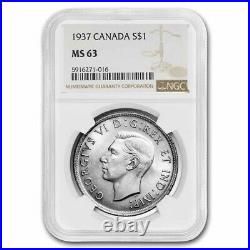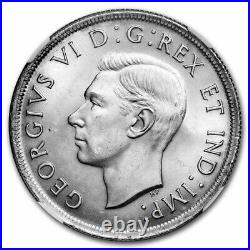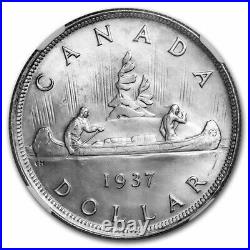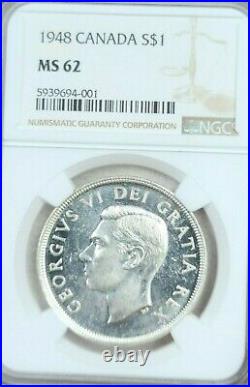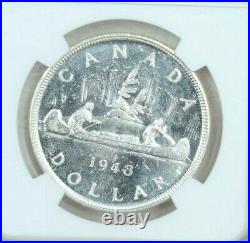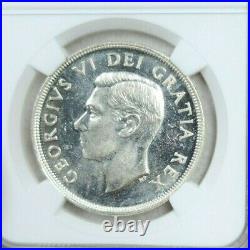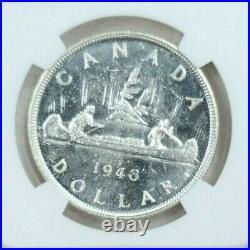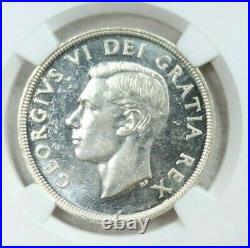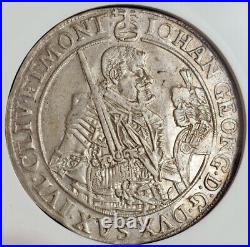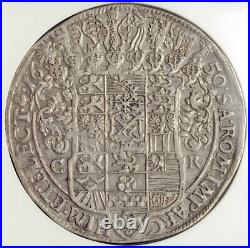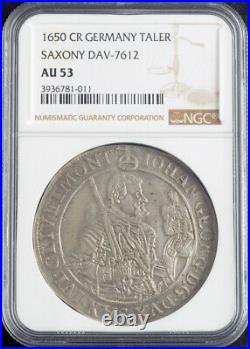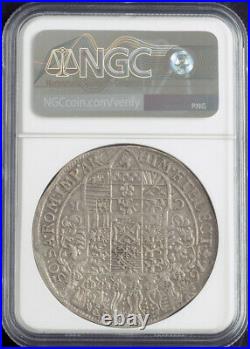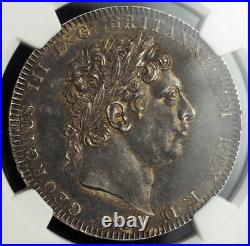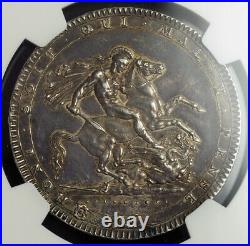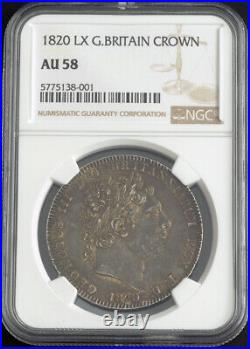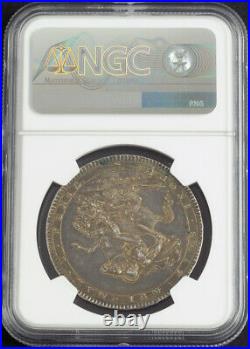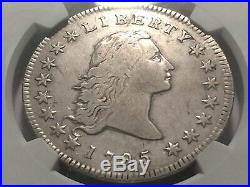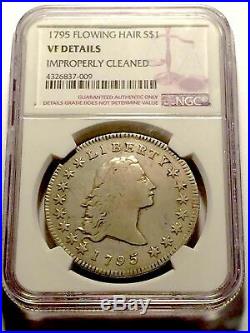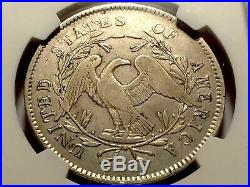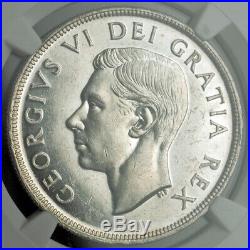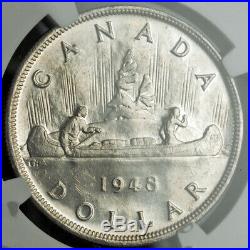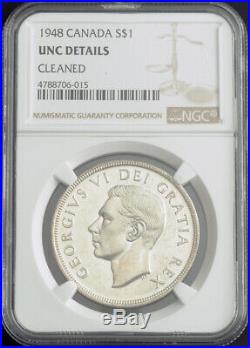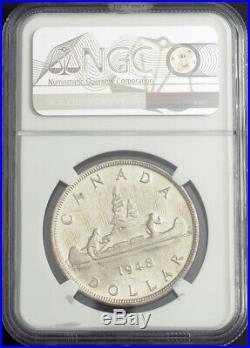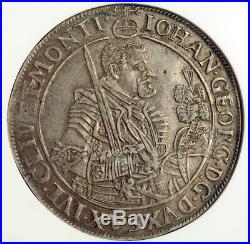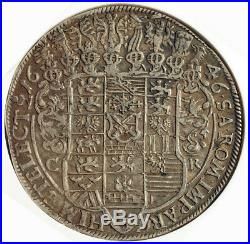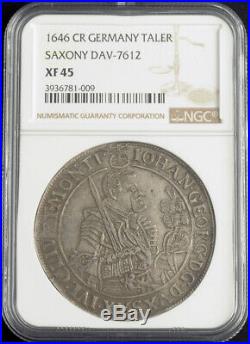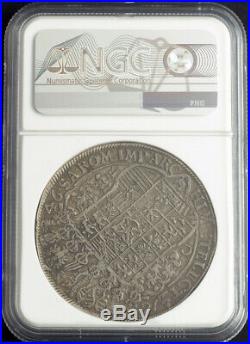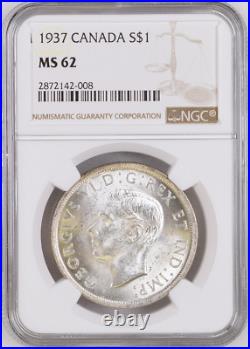
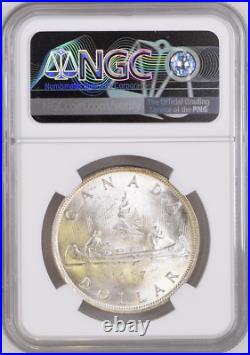

For a spectacular-piece of the true-Canadiana is with this near-choice NGC MS-62 George-VI Voyageur 1937 Silver-Dollar of the census-population-grades-71 and of the census-higher-population-grades-143 by the NGC-certification. The item you see pictured here is the exact item you will receive unless otherwise stated in the description above. We will do our best to respond to questions and/or offers as quickly as possible. For The Queen-Collection: Polices. Every effort will be made to process your order within a timely manner. Please let us know. We do make occasional mistakes and would never intentionally list something incorrectly. Population Reports and Price Guide Information provided in the listing description are reflective of the current information at the time of the listing’s creation or original start time. We encourage you to double-check that information independently as populations and price guides are subject to change. Keep this in mind when making us an offer to increase your chances of making a successful offer. We do our best to consider all reasonable offers, however, we work on extremely close margins. We do realize that market values fluctuate, but if you would like an explanation of the value of any item, we would be happy to provide one. This item is in the category “Coins & Paper Money\Coins: Canada\Dollars”. The seller is “frankee2004″ and is located in this country: US. This item can be shipped to United States, Canada, United Kingdom, Denmark, Romania, Slovakia, Bulgaria, Czech Republic, Finland, Hungary, Latvia, Lithuania, Malta, Estonia, Australia, Greece, Portugal, Cyprus, Slovenia, Japan, China, Sweden, Korea, South, Indonesia, Taiwan, South Africa, Thailand, Belgium, France, Hong Kong, Ireland, Netherlands, Poland, Spain, Italy, Germany, Austria, Bahamas, Israel, Mexico, New Zealand, Philippines, Singapore, Switzerland, Norway, Saudi Arabia, United Arab Emirates, Qatar, Kuwait, Bahrain, Croatia, Republic of, Malaysia, Brazil, Chile, Colombia, Antigua and Barbuda, Aruba, Belize, Dominica, Grenada, Saint Kitts-Nevis, Saint Lucia, Montserrat, Turks and Caicos Islands, Barbados, Bangladesh, Bermuda, Brunei Darussalam, Bolivia, Ecuador, Egypt, French Guiana, Guernsey, Gibraltar, Guadeloupe, Iceland, Jersey, Jordan, Cambodia, Cayman Islands, Liechtenstein, Sri Lanka, Luxembourg, Monaco, Macau, Martinique, Maldives, Nicaragua, Oman, Peru, Pakistan, Paraguay, Reunion, Vietnam, Uruguay.
- Country/Region of Manufacture: Canada
- Certification Number: 2872142-008
- Certification: NGC
- Grade: MS 62
- Year: 1937
- Circulated/Uncirculated: Uncirculated
- Denomination: $1
- KM Number: KM# 37

